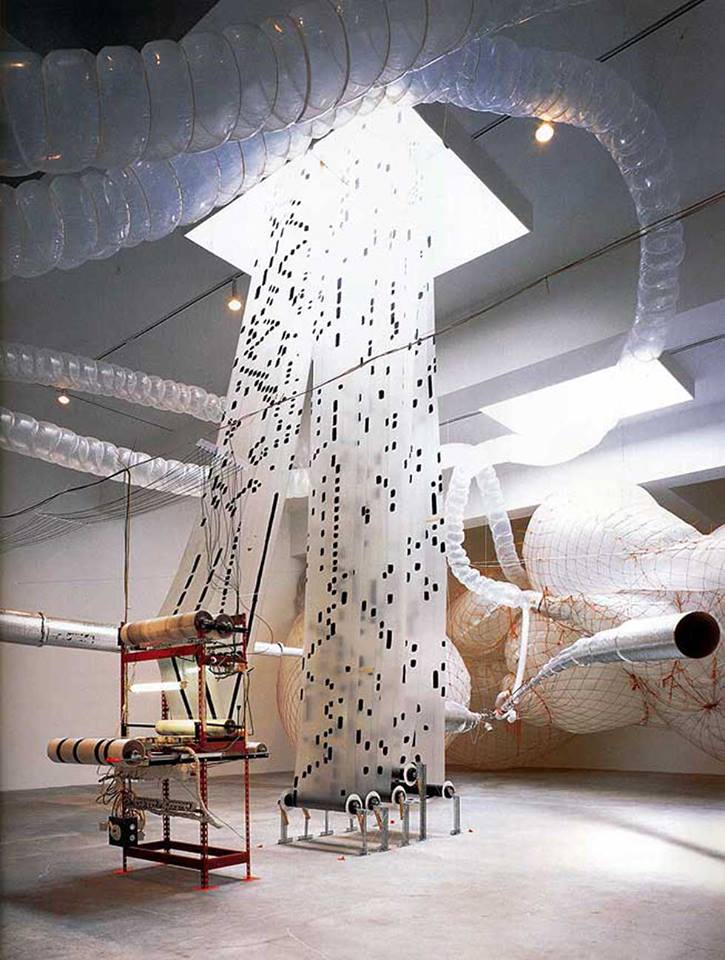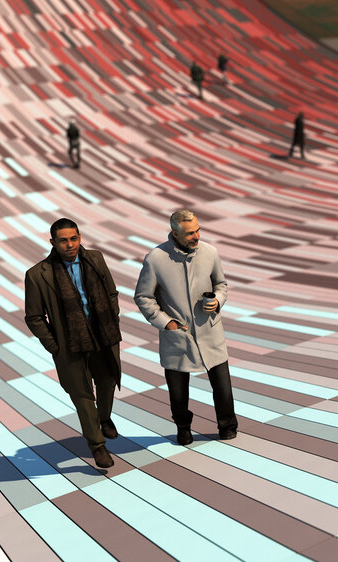High Tide
For her show High Tide, which was most recently exhibited at the Centre Pompidou, Humeau sculptured a collection of futuristic marine mammals and set about imagining what they might sound like if they could recount complex narratives. With mechanical clicks and whistles, similar to those made by whales and dolphins, Humeau’s creations tell of a great flood – an apocalyptic deluge that sparked the birth of their culture. “These floods”, she explains, “might be the consequence of climate change and rising oceans and the air becoming toxic. Maybe the great flood is actually us. As humans, we are the flood.”



